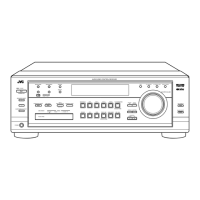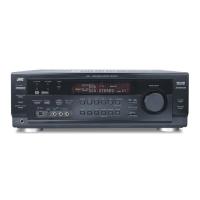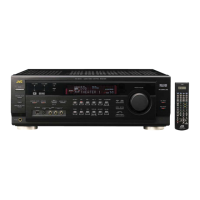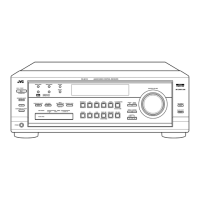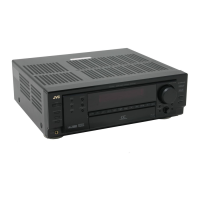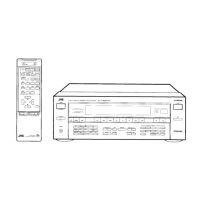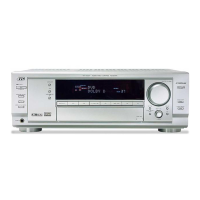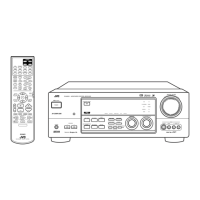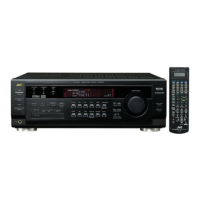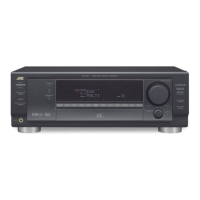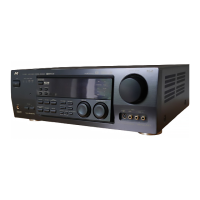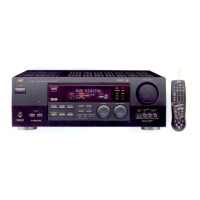For Customer Use:
Enter below the Model No. and Serial
No. which are located either on the rear,
bottom or side of the cabinet. Retain this
information for future reference.
Model No.
Serial No.
LVT0618-004A
[B]
RX-8010RBK / RX-8012RSL
AUDIO/VIDEO CONTROL RECEIVER
CONTROL
+
−
+
−
+
−
231
564
89
7/P
0 +1010
LINE DIF.ECT BOOST EFFECT
MENU
ENTER
SIZE
ROOMBASS
MODE
TEST CTR TONE
LIVENESS
MIDNIGHT
SOUND
∗
SUBWFR
∗
DIGITAL EQ
∗
REAR L
∗
REAR R
∗
L/R BAL
∗
CENTER
MUTING
CH/
∗
LEVEL TV VOL
PLAY
STOP
/REW FF/
EXIT
∗
BAL L
∗
BAL R
VOLUME
CATV/DBS
CONTROL
TV/VIDEO
MENU
TEXT
REC
DISPLAY
PAUSE
PAUSE
SET
RETURN FM MODE 100
+
CONTROL
A/V CONTROL RECEIVER
CATV/DBS VCR 1 TV AUDIO
DSP
MODE INPUTON/OFF
DVD MUILTIDVD
USB
CD
CDR
TAPE/MD
TV/DBS VIDEO PHONO
FM/AM
VCR 1 VCR 2
SURROUND
ANALOG/DIGITAL
SLEEP
PTY–PTY SEARCH–PTY
DISPLAY
MODE
INSTRUCTIONS
EON TA / NEWS / INFO DISPLAY MODE
PTY SEARCH
CONTROL
DOWN UP
EFFECT SETTING
DIGITAL
EQ
TV SOUND/DBSVIDEOVCR 2VCR 1DVDDVD MULTI
MIDNIGHT MODEDSP MODE
S-VIDEO VIDEO
VIDEO
L—AUDIO—R
SURROUND ON/OFF
SUBWOOFER OUT ON/OFF
SPEAKERS ON/OFF
FM/AM TUNING FM/AM PRESET FM MODE
MEMORY
PHONES
1
STANDBY
USB AUDIO
PUSH OPEN
INPUT
ANALOG/DIGITAL
INPUT ATT
FM / AMUSB AUDIOTAPE / MDCDRCDPHONO
LEVEL
ADJUST
AUDIO/VIDEO CONTROL RECEIVER
LINE DIRECT
BASS BOOST
MASTER VOLUME
DIGITAL
SURROUND
DIGITAL
2
SOUCE NAME
SOUCE NAME
STANDBY/ON
DIGITAL
RX-8010&8012R[B]COVER_f 01.3.19, 2:01 PM1
